One of Devon's oldest houses, with thatched roof, kitchen garden and arboretum, on the market for the first time in half a century
The ancient house of Wood Barton has come to the market for the first time in almost half a century. Penny Churchill reports.
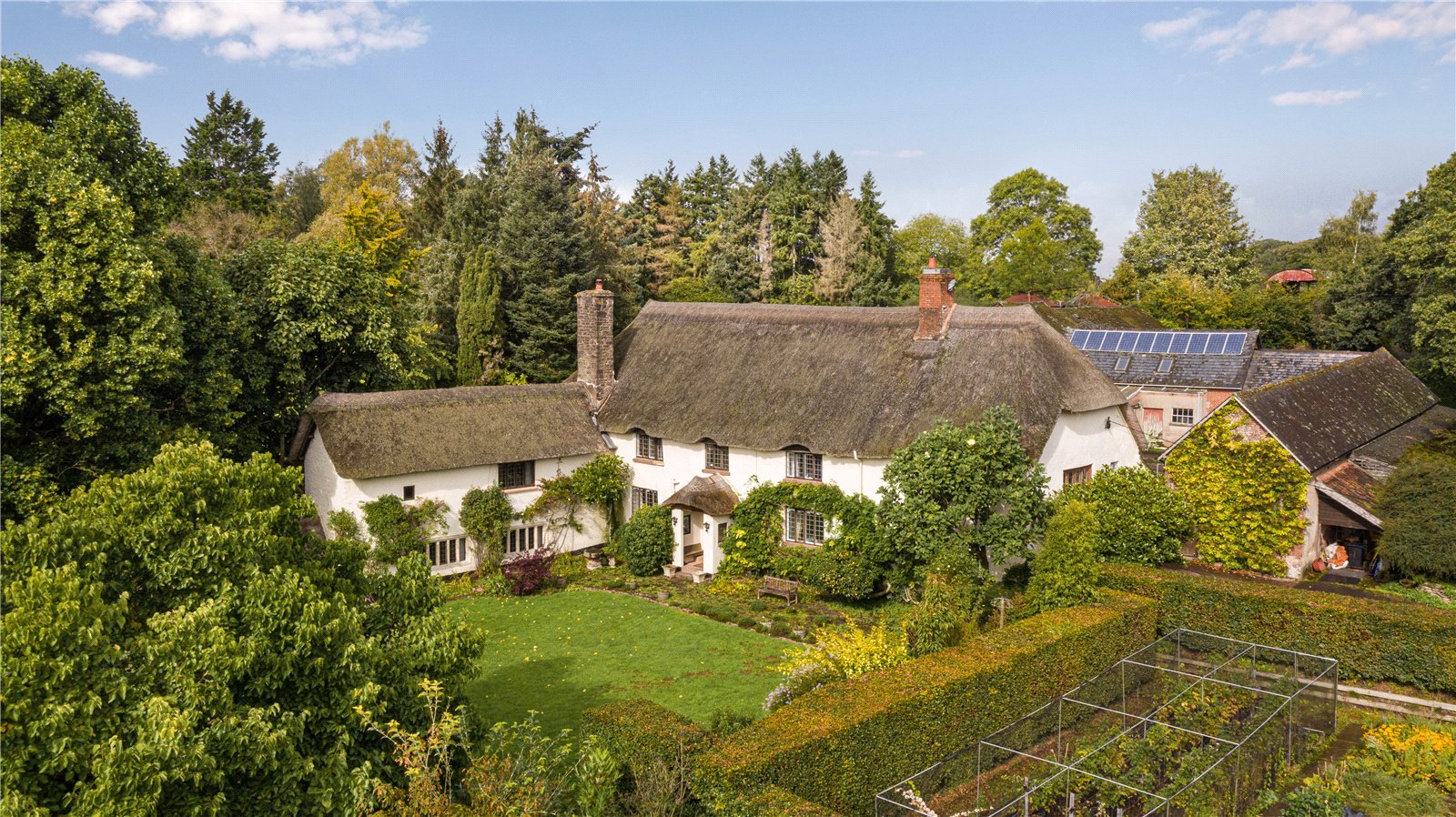

Back in August 1974, when many small farmers were struggling to survive in the aftermath of the 1973 Oil Crisis, a report in Country Life highlighted ‘the recent sale of Wood Barton, an agricultural property of 183 acres at Kentisbeare, near Cullompton, Devon’ as evidence of ‘a few farms still capable of making good prices in the present market.
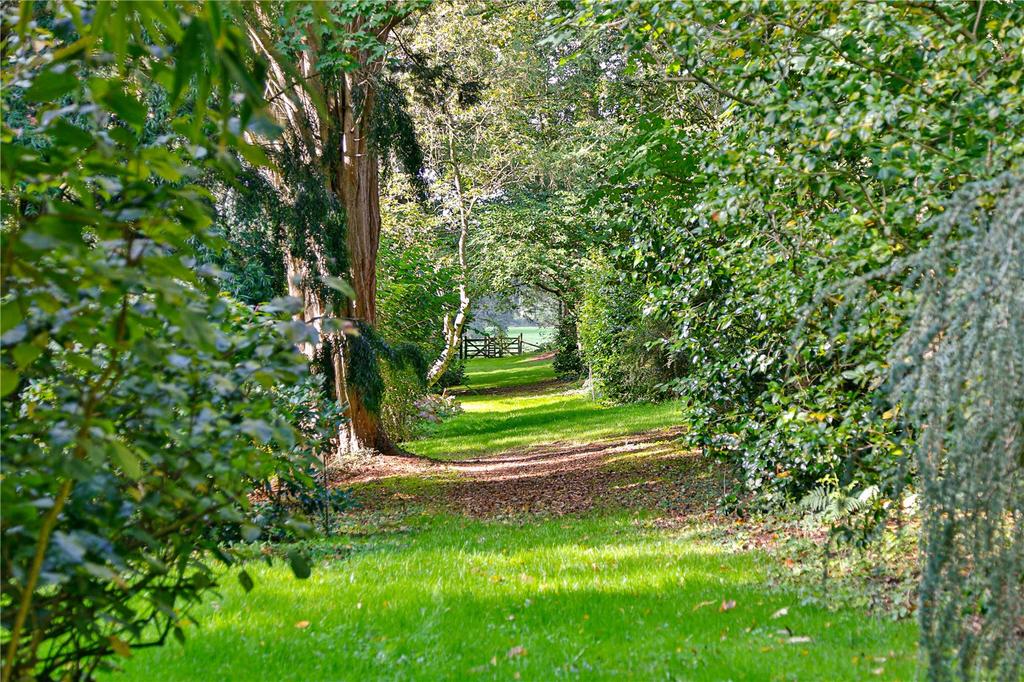
The agents, Jackson-Stops and Staff in Yeovil, thought that the property might have made £1,200 an acre when the market was at its peak. It never got as far as the auction room… but instead was sold privately for an undisclosed price said to be “in the region of £200,000”.’
The property is up for sale once more — and via the same agents, no less — at a price of £1.35 million, though the property includes much less land this time. That price includes the main house plus courtyard of barns, converted one-bedroom gatehouse, gardens, parkland and paddock — just under 15 acres in total. There are two further cottages, barns and 70 acres of farmland which are available separately.

Back in 1974 the new owners were naval officer Richard Horton and his wife, Rosemary, whose arrival at Wood Barton with their young family was the start of a love affair that would last for the rest of their lives.
At the heart of the property, sheltered by trees and surrounded by open countryside on the east side of the M5 between Cullompton and the Blackdown Hills, stands Grade I-listed Wood Barton, one of Devon’s oldest houses, which dates from the early to mid 14th century, although records exist of a dwelling at the time of the Domesday survey.
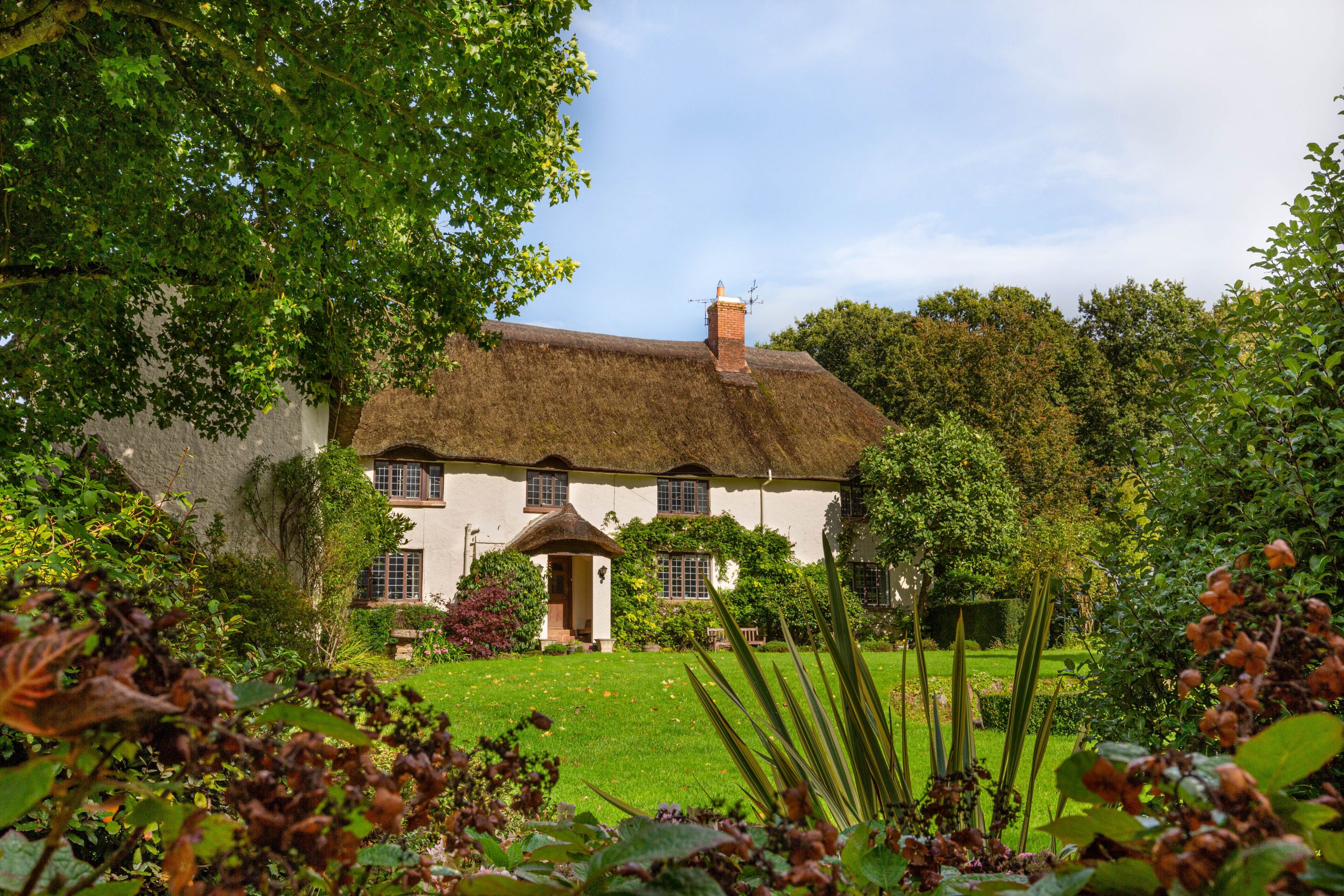
Unusually for a house of its age, Wood Barton is light, bright and cheerful. Downstairs there are three main reception rooms, a cost kitchen and a garden room.
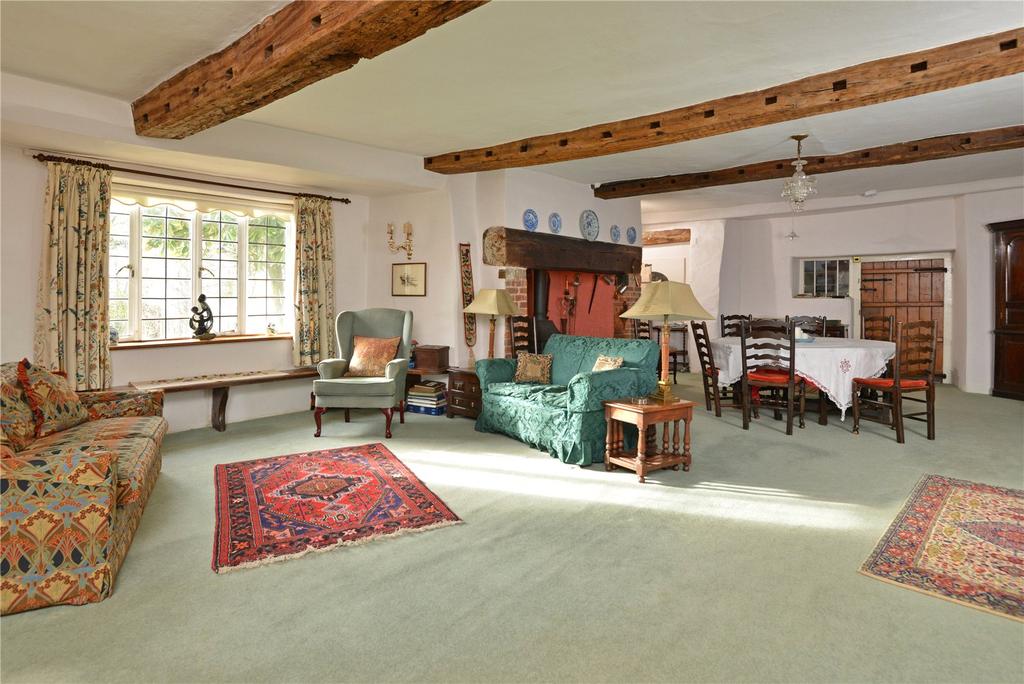
Upstairs there are five bedrooms, three of which are en-suite and one of which is accessed by its own staircase.
Sign up for the Country Life Newsletter
Exquisite houses, the beauty of Nature, and how to get the most from your life, straight to your inbox.
There is also a detached one-bedroom annexe as well as the barns, making a total of well over 6,000 sq ft. Grounds include parkland and paddock, an aroboretum and a kitchen garden, and even a tennis court. It is, in other words, pretty much everything you’d hope to see in a country house.
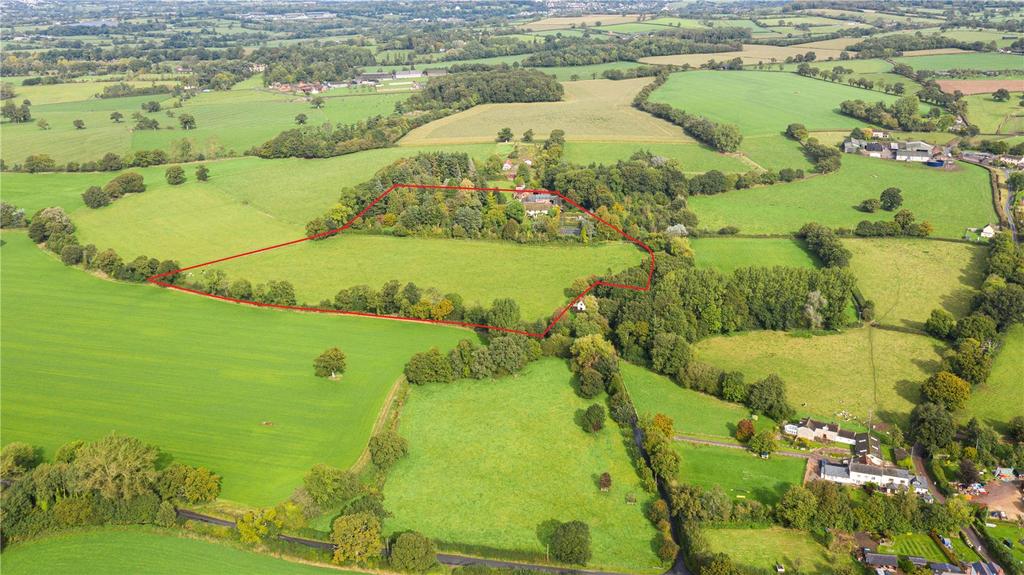
The history of Wode, as Wood Barton was formerly known, is well documented: a deed of 1336 cites John de Cogan as the owner. By the third quarter of the 14th century, it was one of the most important of the Kentisbeare manors, the owners of which, the Whytyngs, were rich Devon wool merchants who owned land in five counties. From 1722 until 1928, Wood Barton was owned by the Walrond family, the Caselys, and then the Allens, from 1950–74.
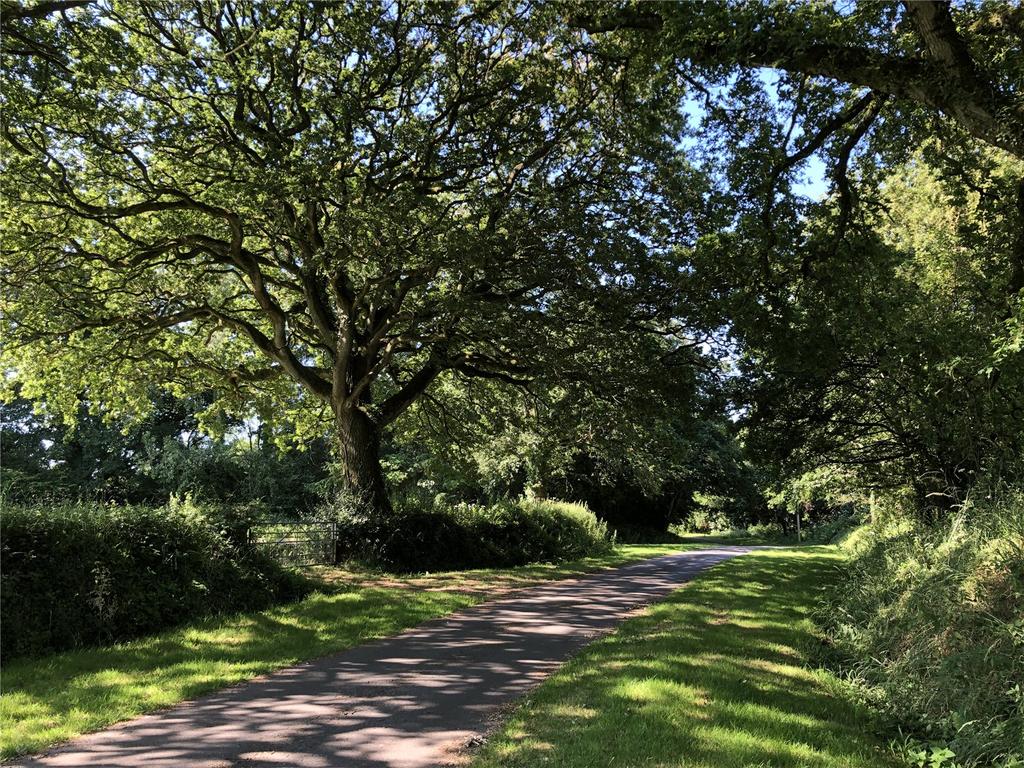
Perhaps the most fascinating aspect of Wood Barton’s long history is that the house has been little altered since Tudor times — perhaps because since then, it has been mainly owned or occupied by working farmers.
This is also true of the present generation of the Horton family, whose passion for the house and its land is matched by pride in the delightful gardens created by their late parents over 40 years and opened to the public for charity as part of the NGS scheme. Now, with most family members living elsewhere, the core of the estate is reluctantly being offered for sale.
Wood Barton is for sale via Jackson-Stops at £1.35 million — see more details and pictures.

Credit: Strutt and Parker
Best country houses for sale this week
An irresistible West Country cottage and a magnificent Cumbrian country house make our pick of the finest country houses for

Credit: Will Pryce
Powderham: The Devonshire castle that's been in the same family for 600 years
An ancestral West Country home that has passed through the hands of one family for the past 600 years has,
-
 'To exist in this world relies on the hands of others': Roger Powell and modern British bookbinding
'To exist in this world relies on the hands of others': Roger Powell and modern British bookbindingAn exhibition on the legendary bookbinder Roger Powell reveals not only his great skill, but serves to reconnect us with the joy, power and importance of real craftsmanship.
By Hussein Kesvani Published
-
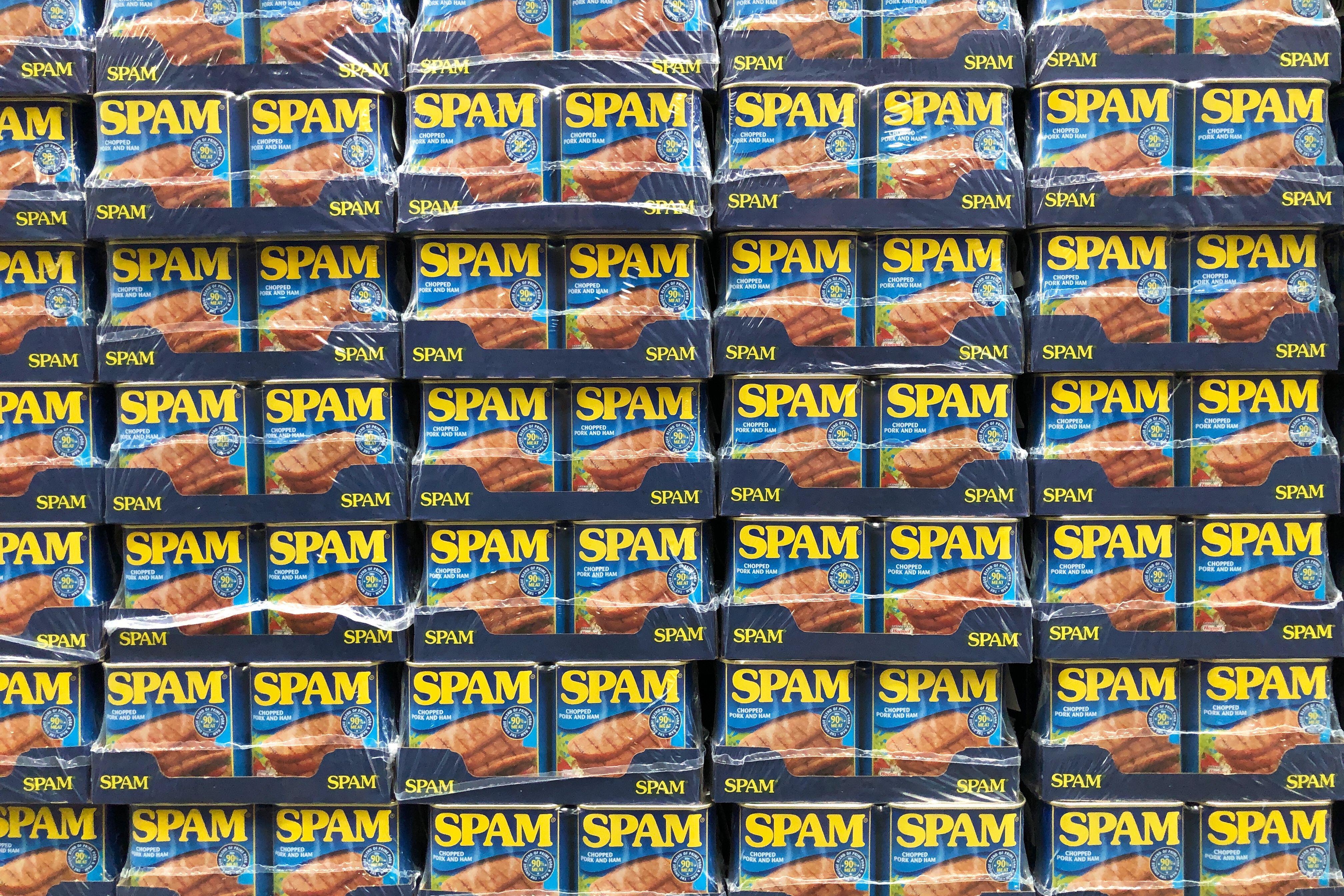 Spam: The tinned meaty treat that brought a taste of the ‘hot-dog life of Hollywood’ to war-weary Britain
Spam: The tinned meaty treat that brought a taste of the ‘hot-dog life of Hollywood’ to war-weary BritainCourtesy of our ‘special relationship’ with the US, Spam was a culinary phenomenon, says Mary Greene. So much so that in 1944, London’s Simpson’s, renowned for its roast beef, was offering creamed Spam casserole instead.
By Country Life Last updated
-
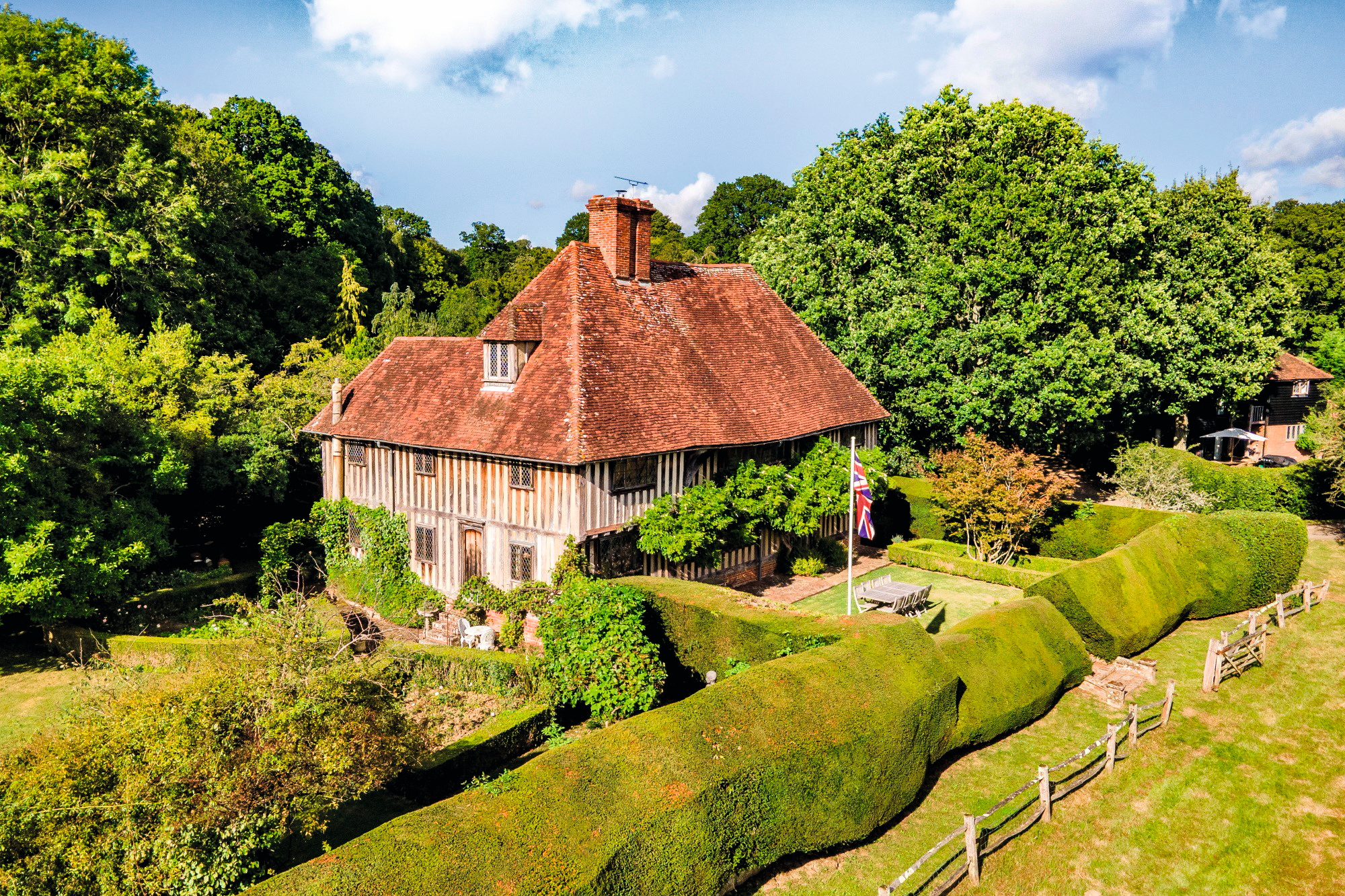 A mini estate in Kent that's so lovely it once featured in Simon Schama's 'History of Britain'
A mini estate in Kent that's so lovely it once featured in Simon Schama's 'History of Britain'The Paper Mill estate is a picture-postcard in the Garden of England.
By Penny Churchill Published
-
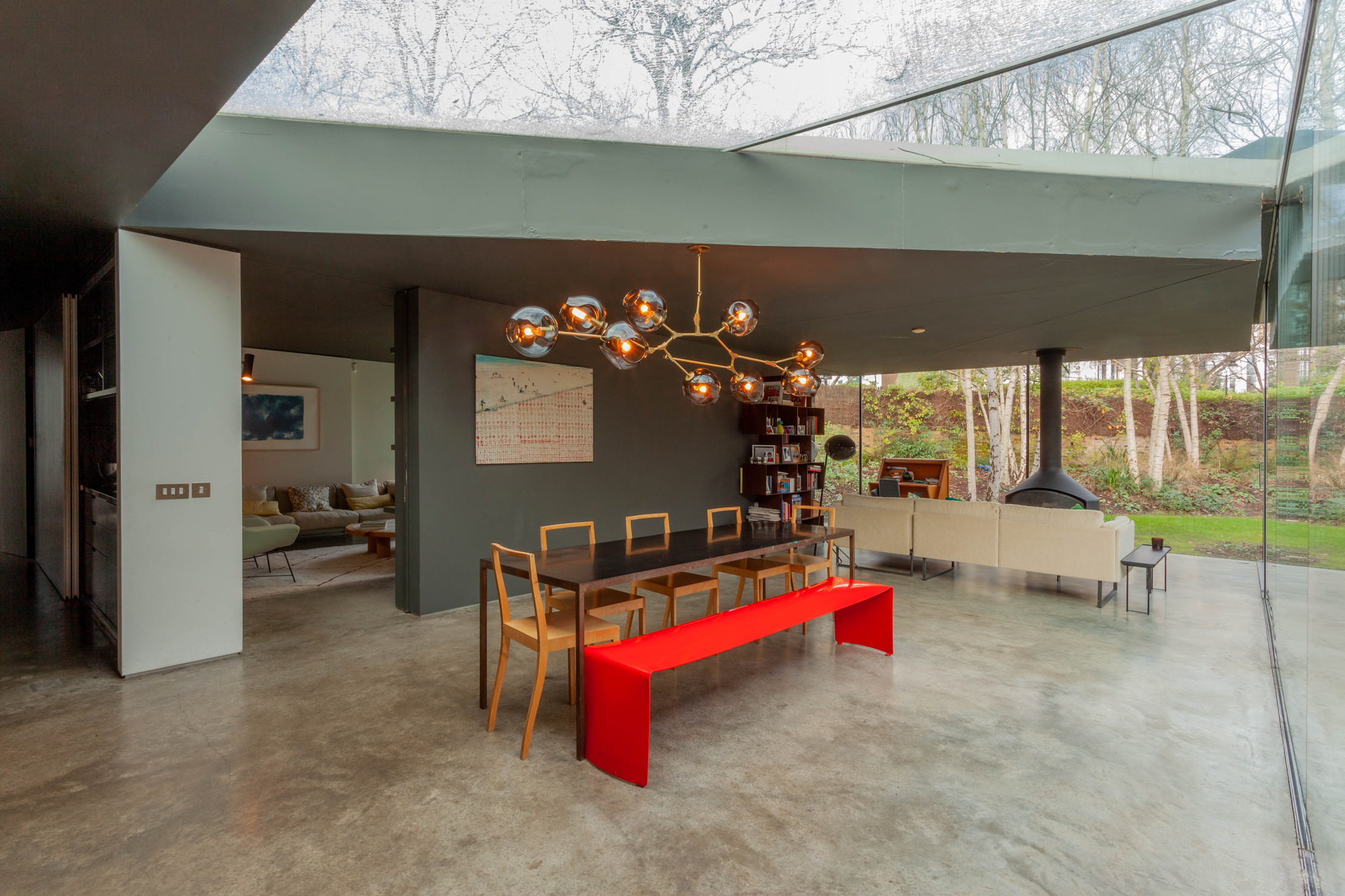 Hidden excellence in a £7.5 million north London home
Hidden excellence in a £7.5 million north London homeBehind the traditional façades of Provost Road, you will find something very special.
By James Fisher Published
-
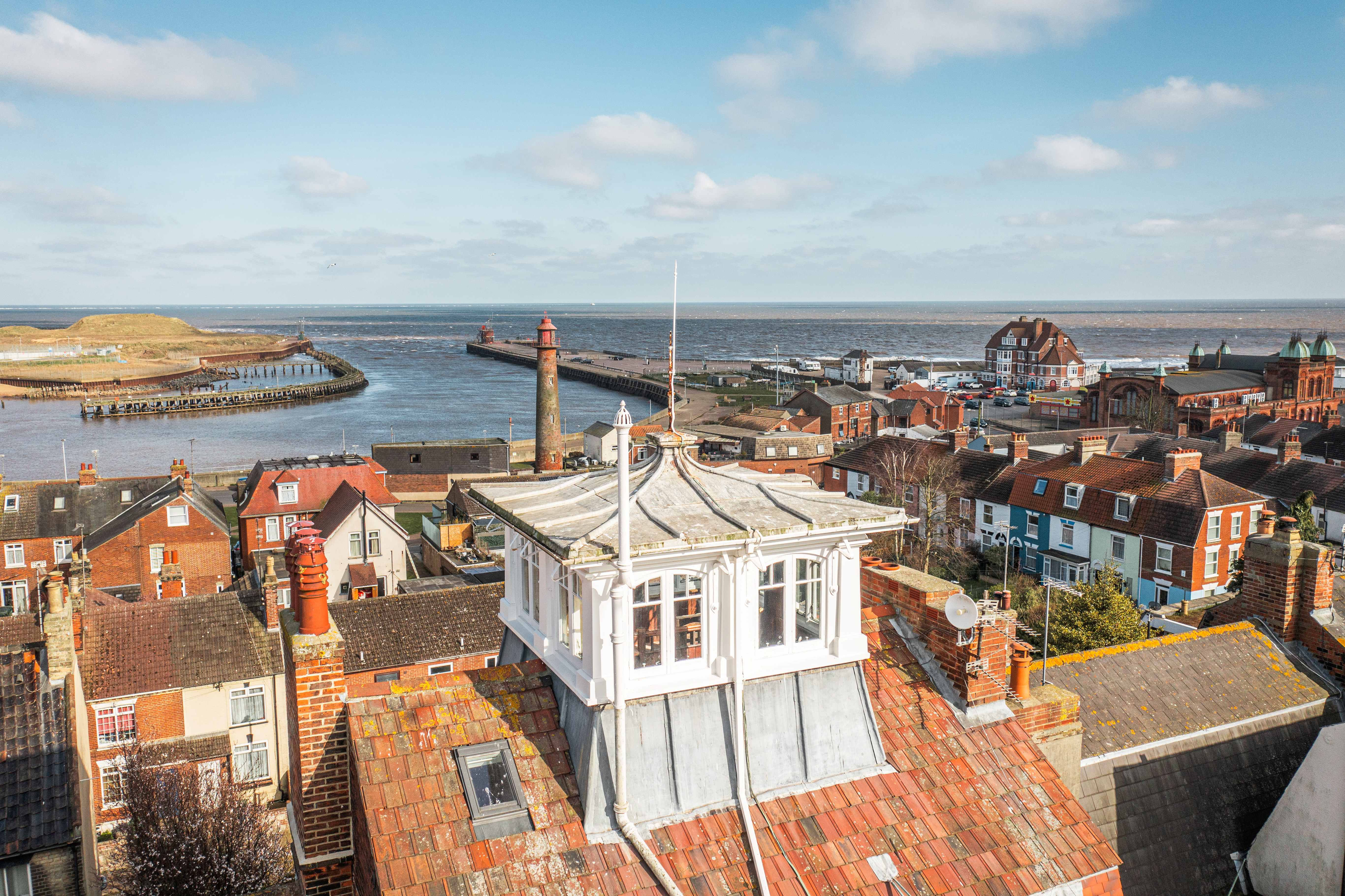 Sip tea and laugh at your neighbours in this seaside Norfolk home with a watchtower
Sip tea and laugh at your neighbours in this seaside Norfolk home with a watchtowerOn Cliff Hill in Gorleston, one home is taller than all the others. It could be yours.
By James Fisher Published
-
 A Grecian masterpiece that might be one of the nation's finest homes comes up for sale in Kent
A Grecian masterpiece that might be one of the nation's finest homes comes up for sale in KentGrade I-listed Holwood House sits in 40 acres of private parkland just 15 miles from central London. It is spectacular.
By Penny Churchill Published
-
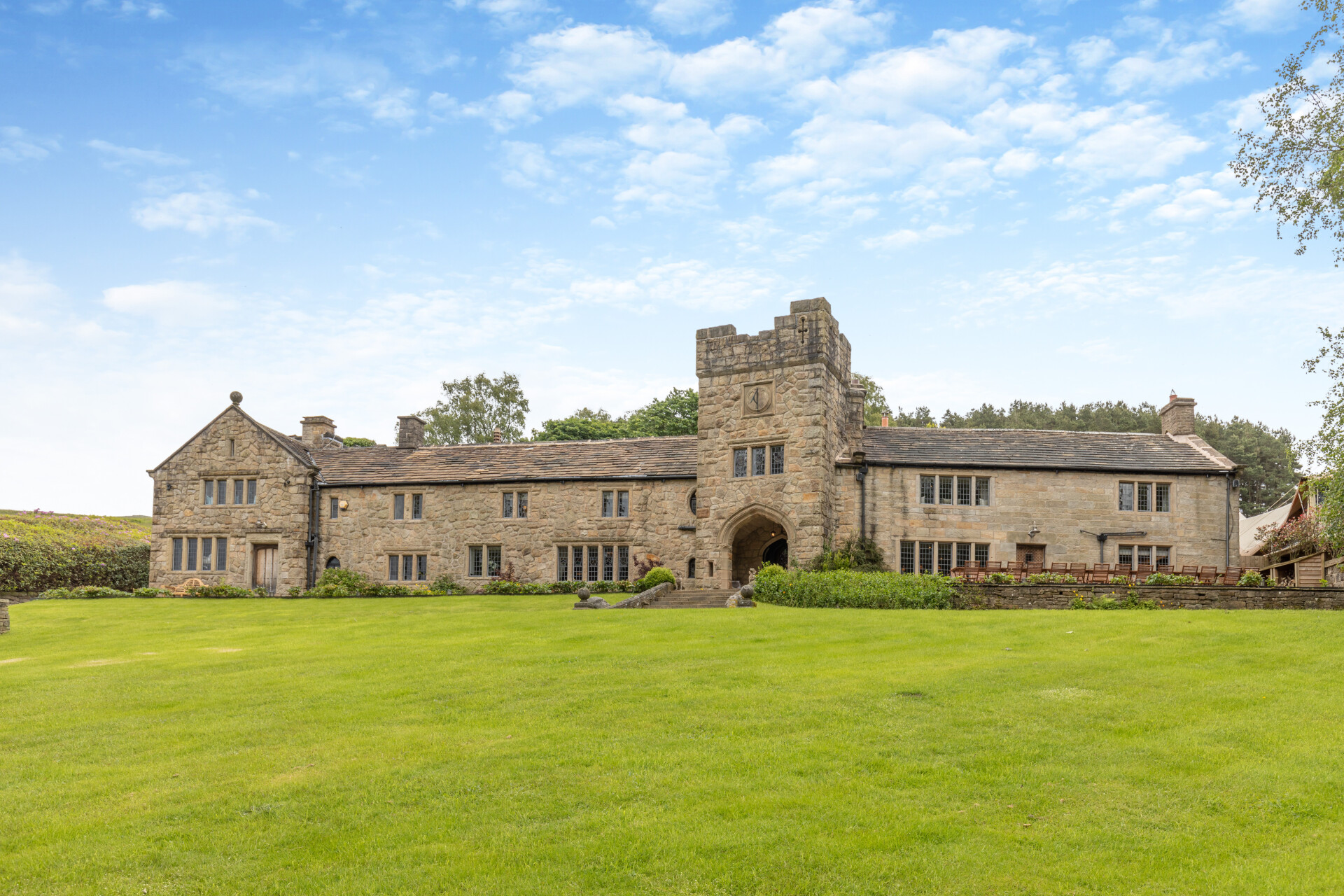 Some of the finest landscapes in the North of England with a 12-bedroom home attached
Some of the finest landscapes in the North of England with a 12-bedroom home attachedUpper House in Derbyshire shows why the Kinder landscape was worth fighting for.
By James Fisher Published
-
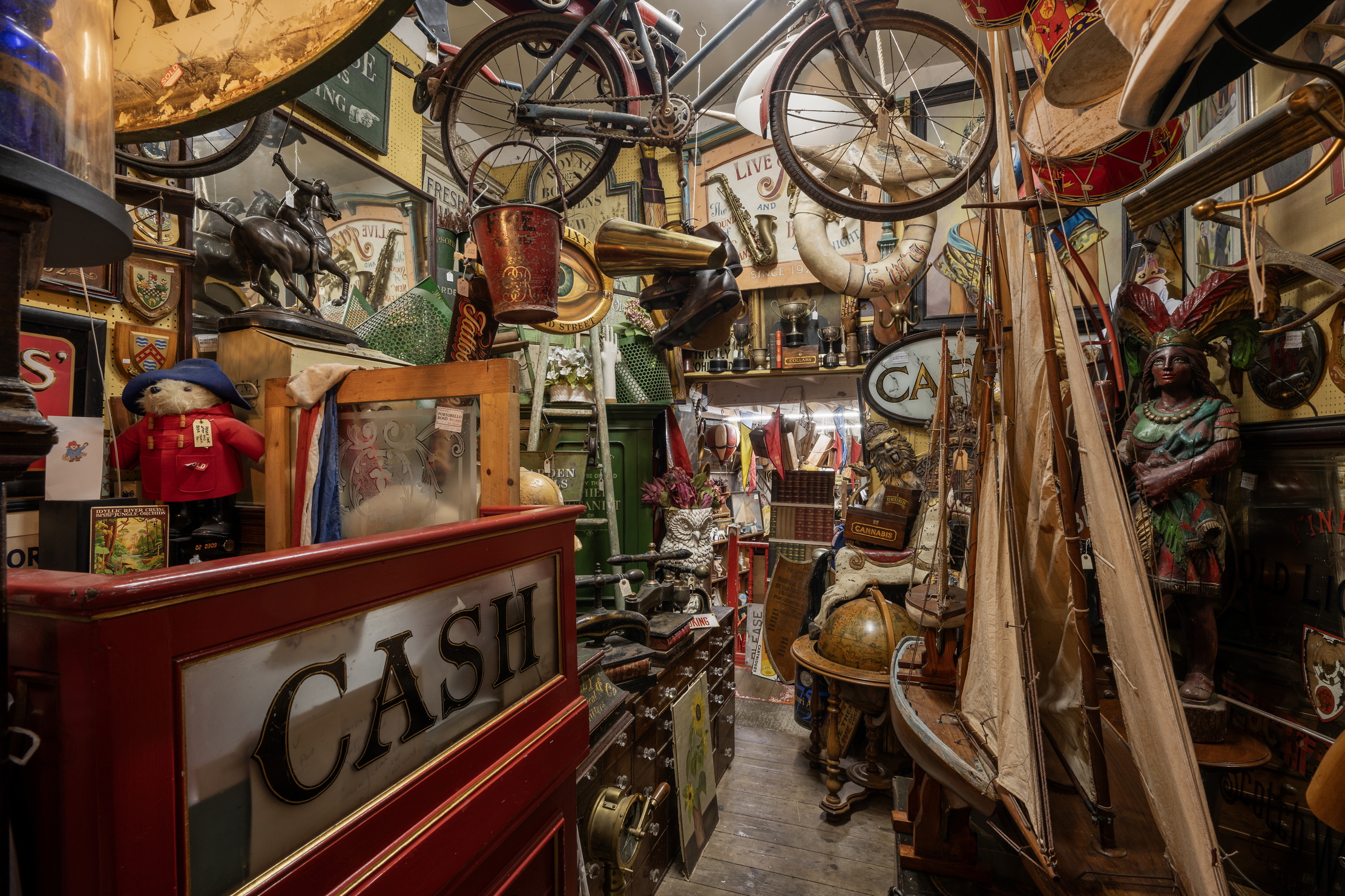 Could Gruber's Antiques from Paddington 2 be your new Notting Hill home?
Could Gruber's Antiques from Paddington 2 be your new Notting Hill home?It was the home of Mr Gruber and his antiques in the film, but in the real world, Alice's Antiques could be yours.
By James Fisher Published
-
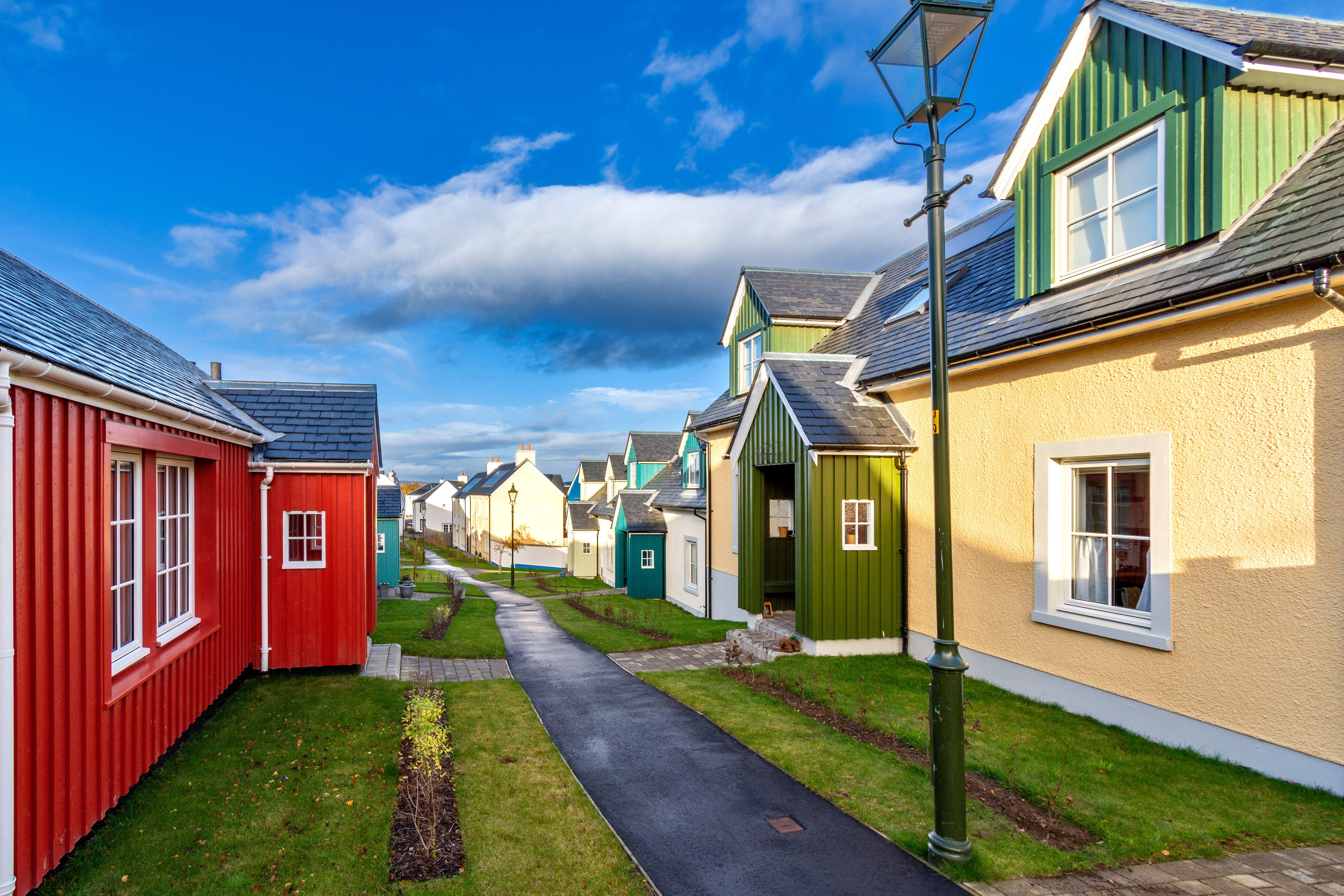 What should 1.5 million new homes look like?
What should 1.5 million new homes look like?The King's recent visit to Nansledan with the Prime Minister gives us a clue as to Labour's plans, but what are the benefits of traditional architecture? And can they solve a housing crisis?
By Lucy Denton Published
-
 Welcome to the modern party barn, where disco balls are 'non-negotiable'
Welcome to the modern party barn, where disco balls are 'non-negotiable'A party barn is the ultimate good-time utopia, devoid of the toil of a home gym or the practicalities of a home office. Modern efforts are a world away from the draughty, hay-bales-and-a-hi-fi set-up of yesteryear.
By Madeleine Silver Published
